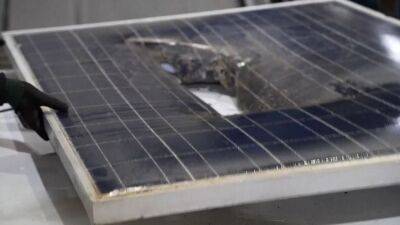Scientists 'mind-blown' after James Webb Telescope finds massive 'universe breaker' galaxies
Astronomers have detected what appear to be six massive and very ancient galaxies, a discovery they say could upend our understanding of how galaxies formed at the very beginning of the universe.
While the new James Webb Space Telescope has already spotted even older galaxies, it’s the size and maturity of these six apparent mega-galaxies that have stunned scientists.
The latest objects, which appear to date back to roughly 600 million years after the Big Bang, are far bigger than was believed to be possible for galaxies so soon after the dawn of the universe.
"These objects are way more massive than anyone expected," said Joel Leja, assistant professor of astronomy and astrophysics at Penn State, who modelled light from these galaxies.
"We expected only to find tiny, young, baby galaxies at this point in time, but we’ve discovered galaxies as mature as our own in what was previously understood to be the dawn of the universe".
Using the first dataset released from NASA's Webb Telescope, the international team of scientists discovered objects as mature as the Milky Way - when the universe was only 3 per cent of its current age, about 500-700 million years after the Big Bang.
Each of the six objects appears to weigh billions of times more than our Sun. In one of them, the total weight of all its stars may be as much as 100 billion times greater than our Sun, according to the scientists, who published their findings in the journal Nature on Wednesday.
Yet these galaxies are believed to be extremely compact, squeezing in as many stars as our own Milky Way, but in a relatively tiny slice of space, according to lead researcher Ivo Labbe, of Australia’s Swinburne University of Technology.
Labbe said he and his team didn’t think the







